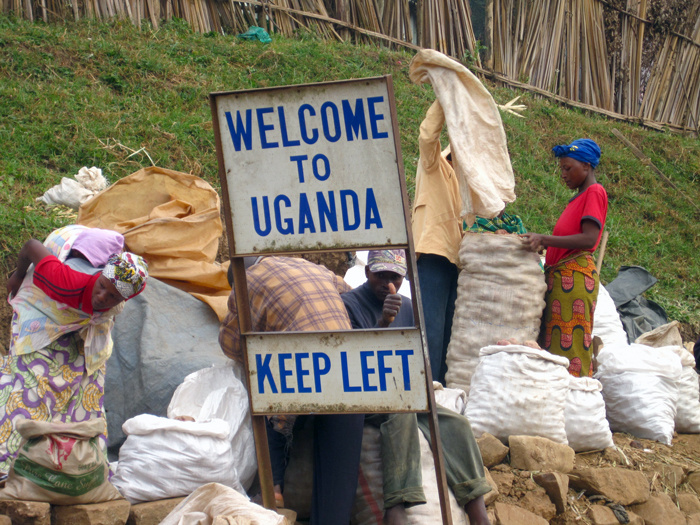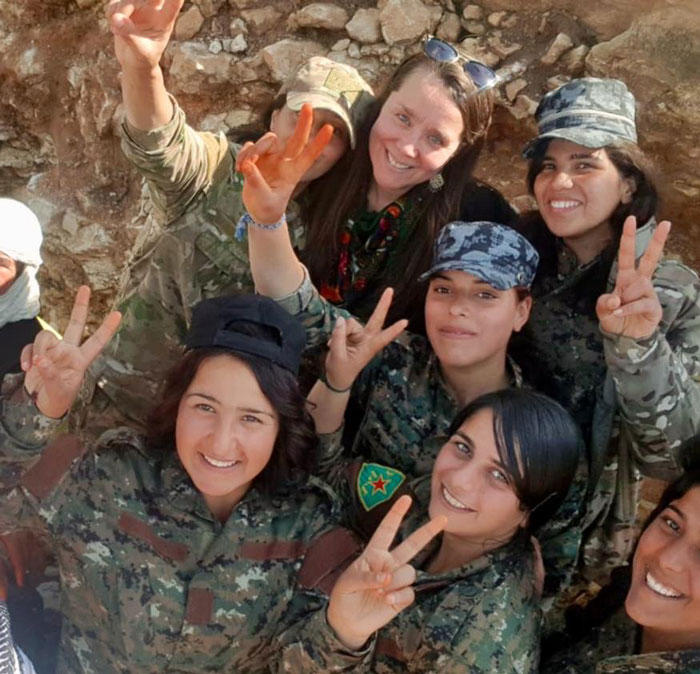For Syrian refugees fortunate enough to reach Germany—a model among European countries for its commitment to refugees—the day-to-day realities and the uncertainty of their futures loom large.

Third in a series that asks Weatherhead Center affiliates to examine the dimensions shaping the Syrian conflict.
Weatherhead Center Undergraduate Research Fellow Hanaa Masalmeh spent a semester in Germany studying Syrian refugee integration. Her work focuses on the formal and informal structures of integration, especially on the role of women—both German and Syrian—in the integration process. This article, written by Masalmeh, is based on her research on volunteer groups in Bavaria, Germany. Names have been changed to afford privacy to the interviewees.
Every Wednesday and Friday, Barbra gets into her blue Volkswagen and drives five minutes down the road to a small yellow house near a churchyard. After carefully parking her car and grabbing her brown messenger bag, she knocks on the door.
Barbra is a Sprachpartner, a volunteer who makes sure that Syrian refugees are learning German. Barbra also explains the basics of German culture, helps Syrians open bank accounts, file insurance claims, and apply for work.
A young man opens the door and invites Barbra inside. “Mohammad!” Barbra says, greeting him with a hug. “Welcome, Grandmother!” the young man responds jokingly, and Barbra laughs.
Like the majority of volunteers in Bavaria, Barbra is a woman in her fifties. The Syrian men Barbra works with are in their early twenties—young enough to be her children.... Read more about Insight on Syria: The Unseen Challenges of Refugee Integration in Germany




